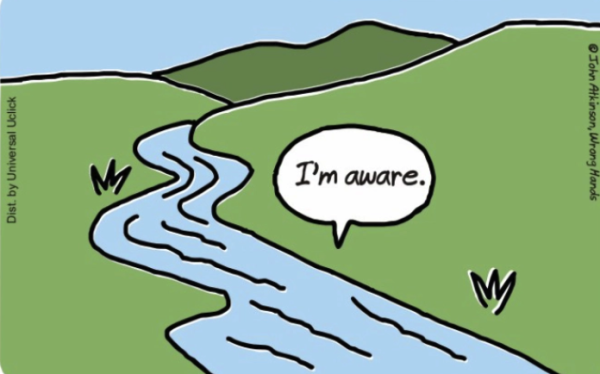Silent music for the deaf
What is it about music that captivates us? Is it the memories that the melodies can provoke, or the things they can make us forget? Maybe it’s the music itself that draws us in, the intricate patterns overlapping to make one fluid masterpiece. Or maybe it’s the lyrics, careful thoughts and emotions poured into rhyme. There are certainly many different reasons why music is integral to the lives of so many people. It is an outlet for emotion, a way to take in the world and interact with the people around us. Music can rouse so many different emotions in so many different people. It is a way to not feel so alone when you’re feeling vulnerable, and it can also make you dance and sing for joy.
Now all these things are true, there’s no denying that, but is there more to music than what you hear? For the hearing-impaired, music is communicated through “vibration[s] in the part of the brain that other people use for hearing,” according to research published in Science Daily. The article detailing this research, titled “Brains Of Deaf People Rewire to ‘Hear’ Music” explores the many ways that the brain of a person suffering from loss of hearing compensates by using the part of the brain meant for hearing to pick up vibrations. Dean Shibata, assistant professor of radiology at the University of Washington, began studying the brain activity of the hearing impaired compared to that of a person with average hearing. To conduct the study, Shibata enlisted 10 volunteers from the National Institute of the Deaf at Rochester who suffered from hearing loss as well as 11 volunteers with normal hearing. For the experiment itself, Shibata used functional magnetic resonance imaging to study the brain activity of his 21 volunteers while they were subjected to intermittent vibrations on their hands. Shibata found that “both groups showed brain activity in the part of the brain that normally processes vibrations. But in addition, the deaf students showed brain activity in a golf ball-sized area, the auditory cortex, otherwise usually only active during auditory stimulation. The people with normal hearing did not show such brain activity.” Basically, Shibata discovered that the hearing-impaired can actually “hear” through the sense of touch with vibratory stimuli. This ability to “hear” through vibrations is what allows the hearing-impaired to still enjoy and perform music. In fact, at the National Institute of the Deaf in Rochester, many people attend musical performances during which audience members are given balloons to allow them to hear the vibrations produced by the performer.
This research, conducted in 2001, provided important information for the medical and scientific communities. After completing his experiment, Shibata said that “neurosurgeons should be aware of the findings before performing surgery on a deaf patient; in particular, a surgeon should be careful while operating around a deaf person’s auditory cortex, since it clearly does have a function.” Shibata also said that the research allowed insight into the development of the brains of young children suffering from hearing loss. He believes that it is important to expose deaf children to music at a young age to allow their brains to musically center and have the stimulus develop. In addition, Shibata said that “tactile devices have been made to help convert speech sounds to vibrations in order to assist in communication.” This opens a whole new world of possibilities for the hearing impaired, allowing them to listen to music through vibrations provided through specialized speakers.
One of these speakers for the hearing-impaired is the Ripple Speaker.To hear the music through the speaker, you simply place your hand on top of the domed top and the vibrations enter through your hand. What makes this speaker different from simply holding a balloon at a concert is that while your hand is sitting on top of the speaker, the speaker is actively moving, creating the patterns of the sound waves. This allows music to be enjoyed not only through touch but through sight as well.
The Ripple Speaker is just one example of the innovation that has arisen due to the research conducted at the University of Washington and other experiments like it. Music is evolving in surprising ways, becoming something that can now been felt and seen, as well as heard. So whatever it is about music that you enjoy, the lyrics, the melody, the way it makes you feel, or how easily it masks your terrible dance moves, music is growing beyond just woven layers of sound.


